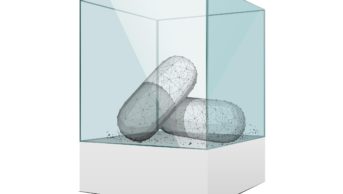
Shutterstock.com
A drug to treat people with rheumatoid arthritis is now being recommended for use across the EU – four years after the same product was refused a licence because of safety concerns.
The European Medicines Agency (EMA) proposes that tofacitinib (Xeljanz; Pfizer) should be given a marketing authorisation following a recommendation by its Committee for Medicinal Products for Human Use (CHMP).
If the authorisation is ratified by the European Commission, it will bring Europe into line with the United States and 44 other countries where the Janus kinase (JAK) inhibitor is already available. The drug would become the second JAK inhibitor with a European licence.
Tofacitinib works by inhibiting the JAK1 and JAK3 enzymes, which then modulates the body’s immune and inflammatory response, says the CHMP.
The drug can reduce the signs and symptoms of rheumatoid arthritis and improve physical function with the potential to slow the progression of joint damage. Its most common side effects are headache, upper respiratory tract infections, nasopharyngitis, diarrhoea, nausea and hypertension.
The EMA proposes that it should be given alone or in combination with methotrexate for moderate to severe active rheumatoid arthritis in adults who have responded inadequately to, or who are intolerant to, one or more disease modifying anti-rheumatic drugs.
In 2013, the EMA denied tofacitinib a marketing authorisation citing “major concerns” over its safety profile. The EMA argued that the drug had risks of causing serious infection resulting from immunosuppression, and also had concerns about the risk of certain cancers and gastrointestinal perforations, which the CHMP said it was unclear could be managed in clinical practice.
Pfizer refiled its EMA application in 2016 with additional clinical trial and open-label data.


